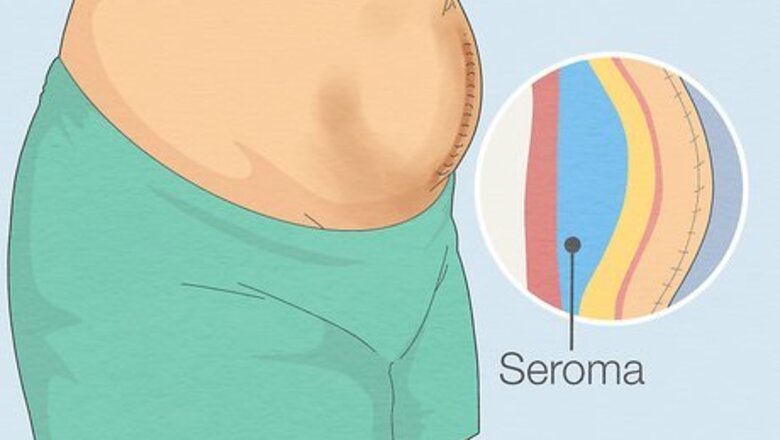
views
- Seromas are masses formed by clear fluid buildup after surgery. They usually go away on their own after a few months.
- You may be able to help a seroma reabsorb more quickly by massaging the area and applying heat several times a day.
- See a doctor for treatment if your seroma becomes painful, grows, seems infected, or interferes with the healing area.
What is a seroma?
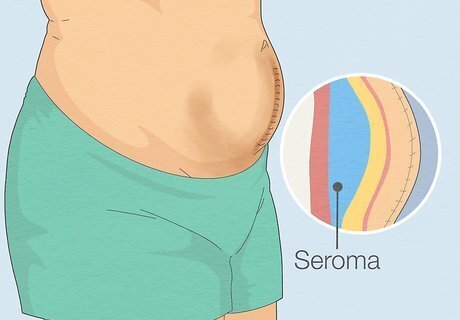
A seroma is a lump or mass that can form after surgery. It is caused by a buildup of clear fluid in a tissue, body cavity, or organ, and it may present as a swollen lump, as if there is liquid under the skin. Seromas may be tender and may also involve yellow or clear fluid draining from the incision site. While most seromas will go away on their own within a few months or, in some cases, a year, certain home remedies can help your seroma reabsorb sooner, such as applying heat or massaging the seroma. Seromas usually form 7 to 10 days after surgery, in places where tissue has been removed, but they may also occur during surgery. Seromas commonly form after breast cancer surgery, cosmetic surgery, plastic reconstructive surgery, hernia repair, or breast implants or reduction.
Home Remedies & Other Effective Solutions
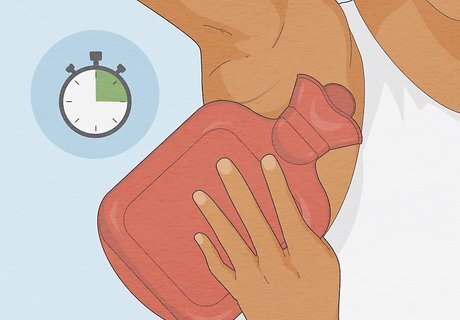
Apply heat. 3 times a day, apply a hot water bag or an electric heating pad to the affected area. Make sure the hot water bag or heating pad isn't too hot, and only leave it on for about 10 minutes at a time. You might not observe results immediately, but after a few weeks, the seroma will likely become noticeably smaller as it reabsorbs.
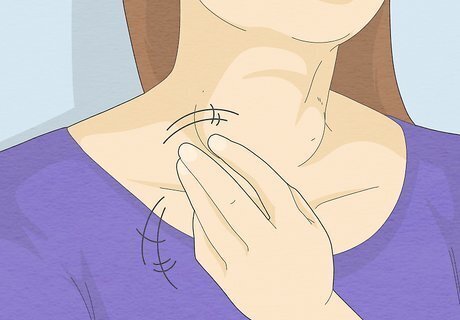
Massage the area. Gently rub the seroma and surrounding area with your hands or with an electric massager, 3 or more times a day, for 10 to 15 minutes at a time. Apply medium pressure, being sure not to rub too hard and stopping if you feel any pain. You can also apply unscented massage cream for added comfort. For best results, apply heat and massage the seroma.

Keep the area clean and dry. It’s important to properly clean your seroma every day. Avoid scented lotions or soaps that may irritate the area, and avoid applying lotion to the incision area. Instead, apply unscented lotions and unscented antibacterial soap. Your doctor may advise you to avoid showering for the first month or so after your seroma develops, and to clean via sponge baths instead.
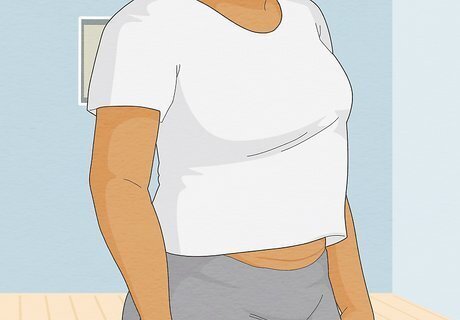
Avoid clothing that rubs your seroma. Your seroma may be sensitive, so avoid wearing tight clothing or clothing that may itch the area. If possible, keep the area exposed, but at minimum, wear loose clothing that won’t disturb the seroma.
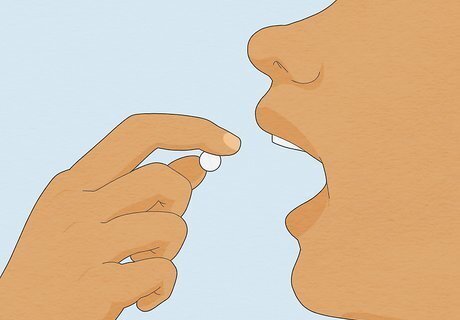
Take prescribed medication as directed. Your doctor may prescribe pain medication to make your seroma more comfortable. Make sure to follow the instructions on the medication exactly. If your doctor hasn’t prescribed any pain medication, consult them before taking medication yourself.
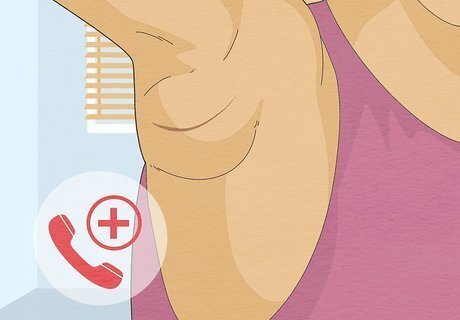
Consult your doctor for advice. Home remedies like heat and massaging can be super effective. But if you want to clear up your seroma as quickly as possible, reach out to your doctor for advice. Your doctor will know the best steps to take to keep your seroma healthy and help it heal. Having regular check-ins with your doctor can help them to be aware of any changes in your seroma’s status that may require further attention.
Medical Treatments
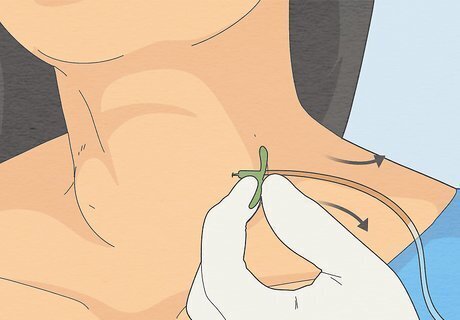
Draining the seroma If your seroma shows no signs of reabsorbing on its own, or if it's a very large seroma, your doctor may advise getting it drained. Seroma drainage, or aspiration, is performed by means of suction, using a syringe to draw fluid from the mass. A seroma may only need to be drained once, but often, seromas that require draining will be drained multiple times. Your doctor may also give you an ultrasound to get a better sense of the dimensions of the seroma. In some instances, your doctor may give you instructions for draining your seroma yourself at home, but do not attempt to drain your own seroma unless specifically advised by your doctor, as this could cause medical complications.
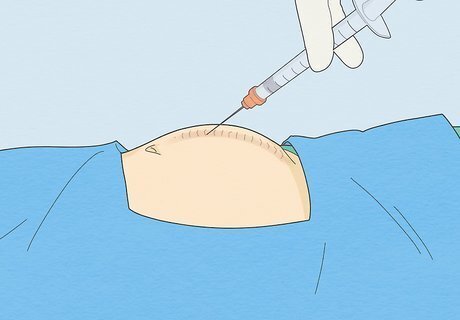
Sclerotherapy Your doctor may treat a persistent seroma via sclerotherapy, a process in which the seroma cavity is filled with an irritating substance (such as talc, doxycycline, bleomycin, or ethanol). The irritating substance induces a fibrotic response, which seals the area.

Surgical removal In some cases, the best way to reduce a seroma is simply to remove it. Your doctor may advise surgical removal if your seroma doesn't go away, or if it becomes calcified or develops a fibrous exterior.
When to Seek Medical Attention
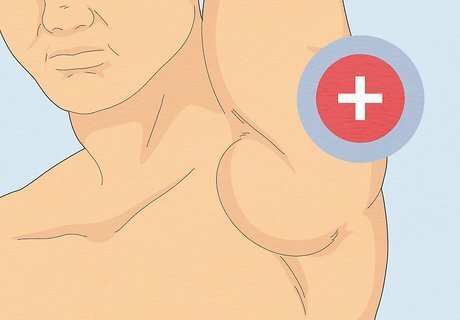
See a doctor if your seroma doesn't start shrinking after a few months. A seroma will often go away on its own within a year, and will likely show signs of reabsorbing within a month or 2. But sometimes, a seroma doesn't go away on its own, and it may need to be drained with a needle (possibly multiple times) or surgically removed. If your seroma doesn’t show signs of reabsorbing after a few months, it may be time to see a doctor.

Seek medical attention if the seroma seems to be growing. Normally, a seroma will shrink as it reabsorbs. If your seroma shows signs of growth, however, this is an indicator something isn’t right, and your doctor may need to drain the seroma.

Consult a doctor if the seroma puts pressure on the healing area. Usually, seromas are harmless and go away on their own. But if your seroma seems to be disrupting the healing of the area that received surgery, contact your doctor for treatment. Even if the seroma is harmless in itself, if it interrupts the healing process, speak to your doctor for a solution.
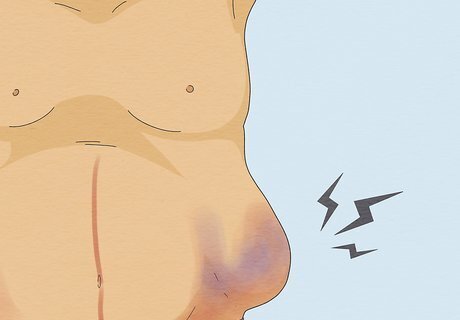
Speak to your doctor if the seroma shows signs of infection. This may include redness, further swelling, warmth, or tenderness. If your seroma shows signs of infection, it’s best to see a doctor for medical treatment as soon as you can. Your seroma may be accompanied by yellow or clear liquid coming from the incision site, but if the liquid is thick or odorous, it’s a sign your seroma may be infected.
Possible Risk Factors
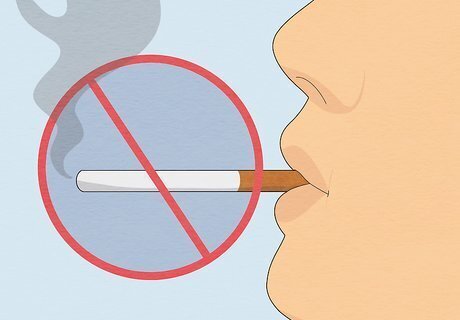
Smoking Smoking increases your risk of developing seromas after surgery. In fact, studies indicate that smoking may increase your odds of forming seromas over any other risk factor.
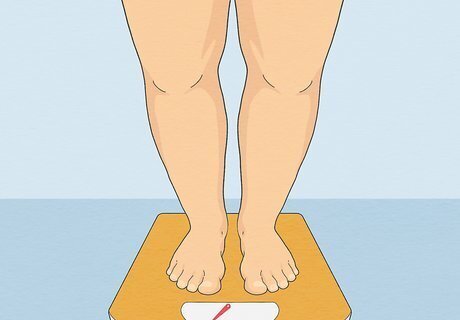
Heavier body weight A person’s body weight may correlate with their risk of developing seromas. There isn’t enough evidence to conclude this definitively, but studies postulate that the heavier your body weight, the more likely you may be to develop seromas.

Older age Age may have a bearing on your likelihood of developing seromas. Studies have indicated that the older a person is, the greater their odds of developing postoperative seromas. However, evidence here is inconclusive, with some studies indicating old age isn’t a factor in seroma development.
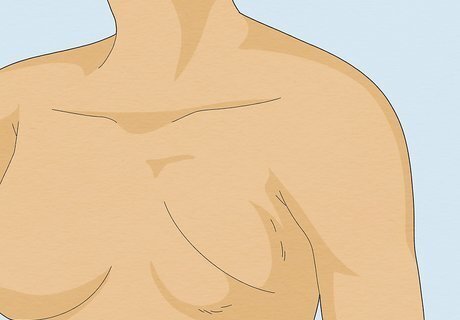
Radical mastectomies (versus simple mastectomies) You may be more likely to develop a seroma after undergoing a radical mastectomy, as compared to a simple mastectomy. A radical mastectomy refers to the removal of the breast, including the breast tissue, skin, areola, and nipple, as well as most of the underarm (axillary) lymph nodes. A simple mastectomy, meanwhile, only removes the breast, including the tissue, skin, areola, and nipple, and no lymph nodes.
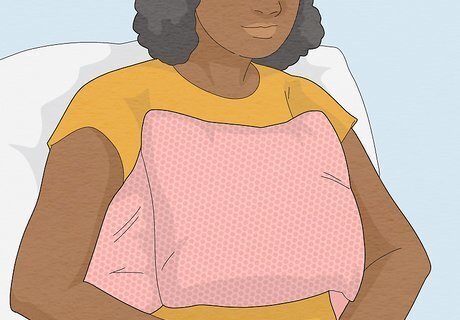
Early shoulder movement during postoperative therapy Moving your arm too soon after breast surgery may increase your risk of developing a seroma. Delayed physiotherapy may lower your risk of a seroma forming.



















Comments
0 comment